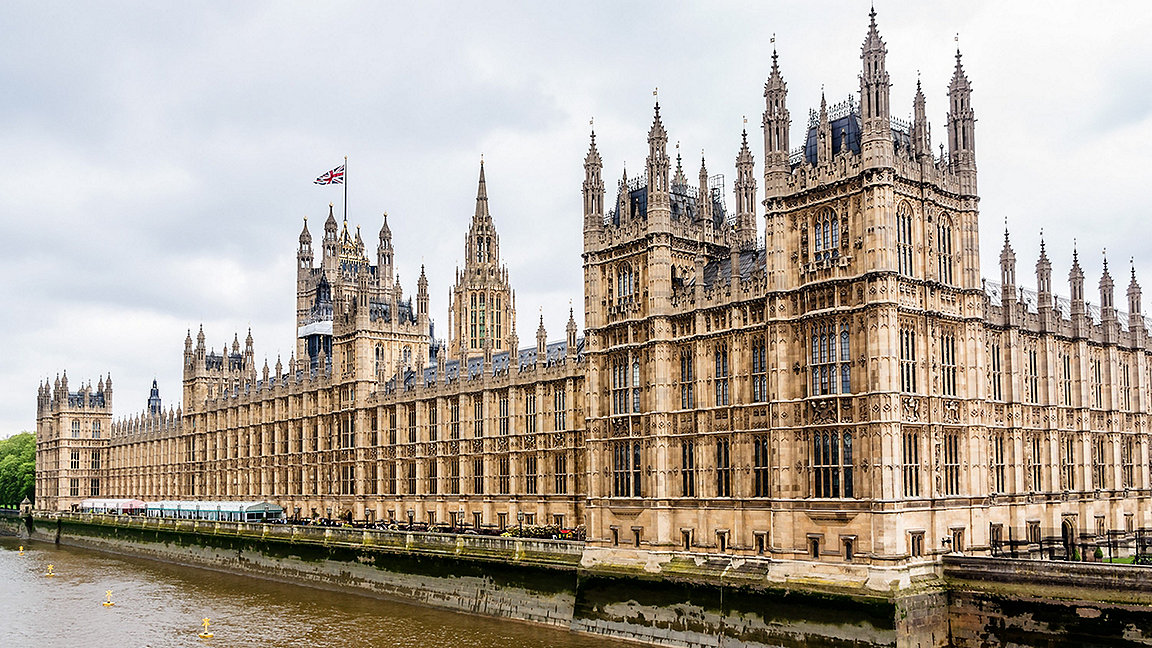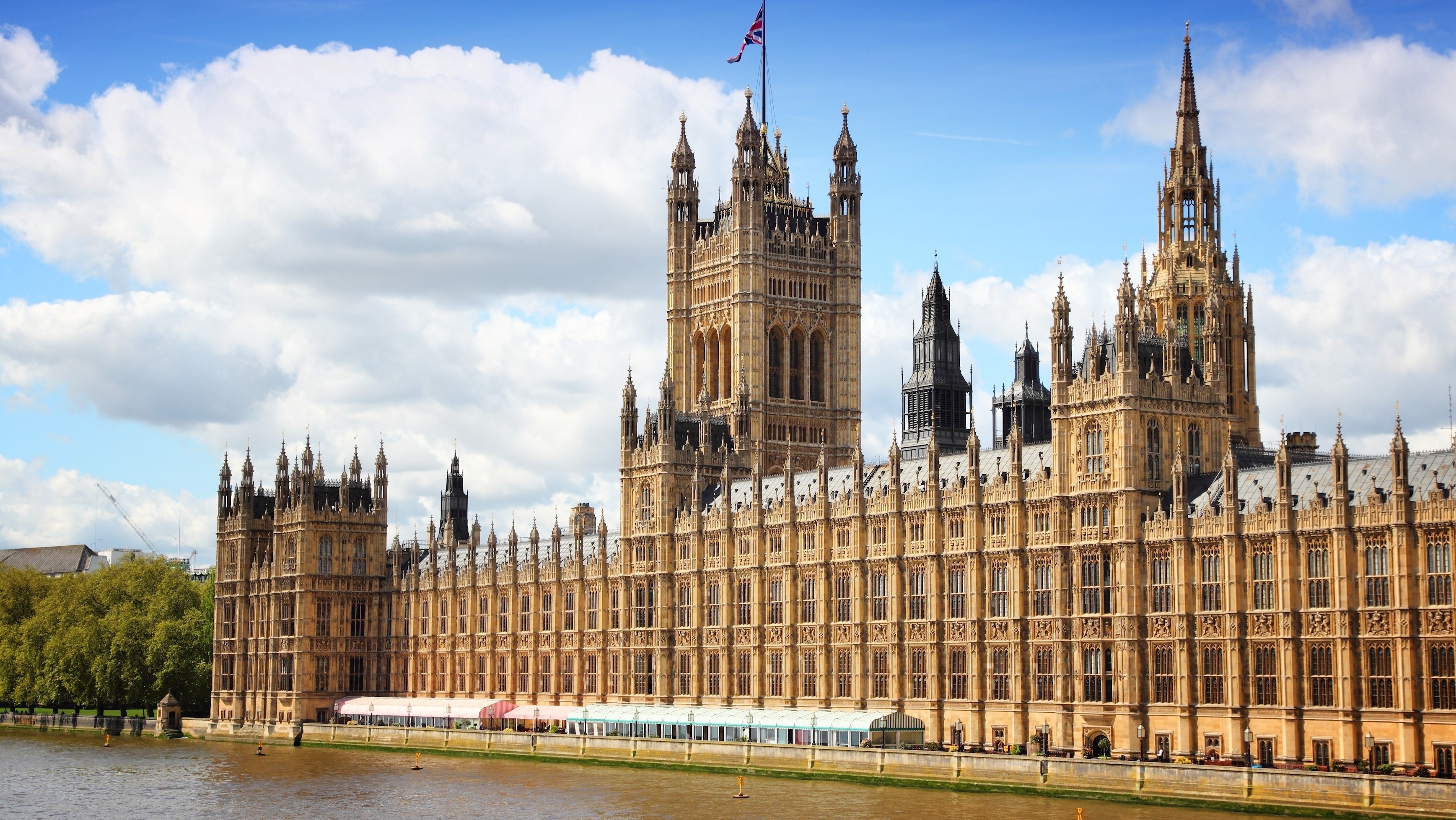
Working in an occupied building increases programme length, and it costs more than giving a project team unrestricted access. But what happens if the occupiers want to keep on using the building? Suppose they are running the country from the building that needs work?
The continued presence of MPs in the Palace of Westminster during proposed restoration works could increase the costs by as much as 60%, and extend the programme length not by years but by decades. These are the findings of a report published in February by the Palace of Westminster Renewal and Restoration Programme.
Costing the essential scheme's main works
The essential scheme is intended to make a number of critical improvements to the palace, including removing asbestos, substantially reducing fire risk, and replacing the failing network of vital building services such as power, sewage and water, gas and heating, and data cables.
The largest proportion of cost for the essential scheme – at around 88% – is associated with the main works required to save the palace and renew the building services. This breaks down as follows:
-
51%: building services, including heating, ventilation and cooling
-
16%: conservation and building fabric repairs
-
8%: asbestos removal
-
7%: fire protection
-
5%: energy and carbon reduction
-
1%: maintenance and reinstatement of back-of-house catering facilities following building services work.
Of the remaining costs, around 3% is allocated to maintaining a working home for MPs, Lords and staff, which comprises 2% for security, 1% for space adaptations, and less than 1% for logistics. The final 9% or so is accounted for by measures to ensure that everyone can use the building:
-
6%: accessibility
-
2%: external realm
-
1%: visitors' centre
-
<1%: education centre
Possible costs
Originally envisaged to cost around £4bn when both the House of Lords and the House of Commons agreed to the works in principle in 2018, all of this work to restore the Palace of Westminster could actually take up to 76 years and cost nearly £50bn – including VAT and inflation – if MPs do not move out.
To be clear, these estimates are preliminary, produced roughly halfway through the period agreed for the development of full proposals. These proposals will be included in a detailed and costed restoration plan for the works, which the report calls a programme business case.
This early-stage assessment was intended to give parliamentary stakeholders a preliminary view of the potential range of costs and schedules for the main building phase of the programme. The assessment is based on information from the early part of the concept design during RIBA Stage 2.
Scoping options and assessing risks
The essential scheme as outlined above represents the cheapest options, and includes allowances for the House of Lords and Heritage Collections decants, the works to the palace itself and contingencies. The potential range of cost for this was estimated as between £7bn and £13bn, with work taking between 19 and 28 years. The palace would need to be vacated for 12–20 years of this time.
The lower end of the range in terms of both cost and time represents a P50 level of risk; in other words, there is a 50% probability that the works could be successfully completed in 19 years, with MPs, Lords, and staff and cost only £7bn.
The upper end of the range is more likely, with a level of P80 meaning there is an 80% chance that the essential scheme will take 28 years, require MPs, Lords and staff to be decanted for 20 years, and cost £13bn. However, it is important to note that the values are priced at current rates, and the cost is as to the public purse; that is, without VAT.
At this early stage of design, there is always a high level of uncertainty in any cost and schedule estimates. This is because:
-
requirements and assumptions are still being clarified
-
surveys are still being conducted to understand the current buildings and ground conditions
-
design options are being explored.
A significant amount of contingency provision is therefore included at this stage, as is considered best practice.
Identifying and advising on extraordinary risks
Occupying a building during renewal and restoration works not only adds time and complication to programming and sequencing, it also creates a number of risks.
Among the risks identified by the study as 'extraordinary' were:
-
fire safety
-
compliance with health and safety legislation
-
noise and vibration
-
no provision for recalling parliament during recess periods when works are taking place
-
changes to parliamentary business including ways of working and, possibly, procedure.
Although exclusion zones surrounded by hoarding would be needed to separate occupants from construction activity, the report stated that welfare risks could increase to an unmanageable level. However, these may only be identified after further detailed design and construction planning.
Advising clients of these extreme hazards at the earliest opportunity is essential in trying to meet high expectations, and they should also be informed of any objectives that are unrealistic.
However, presenting alternative proposals, including option appraisals, demonstrates a level of competence and holistic understanding of the project. This is closely linked to the mandatory RICS competency Ethics, Rules of Conduct and professionalism, which defines professional behaviour, protecting clients from unexpected costs.
'Occupying a building during renewal and restoration works not only adds time and complication to programming and sequencing, it also creates a number of risks'
Sam Piplica MRICS is a senior specialist, building standards, at RICS
Contact Sam: Email
Related competencies include: Client care, Fire safety, Legal/regulatory compliance, Quantification and costing

